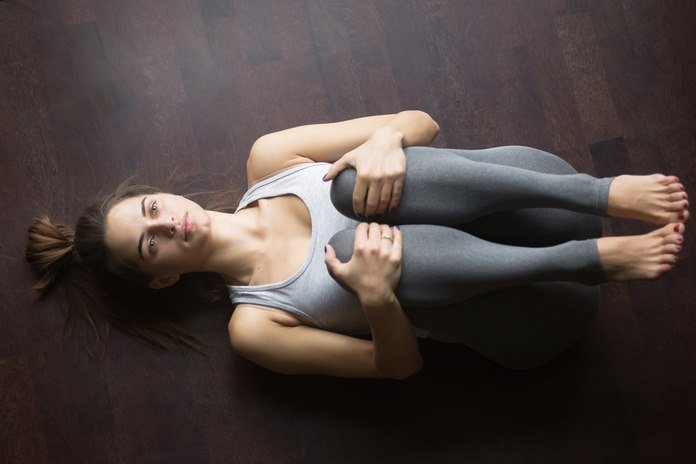Exercises
Certain exercises are also helpful in preventing and avoiding the development of DVT. As we discussed above, lifestyle intervention can play an important role, because it is among the major risk factors. For example, the longer you sit, the greater your risk of developing a blood clot. In case, if you are sitting for a long period and there is no way to escape, then there are exercises that should be performed while sitting to keep the legs moving and help circulate blood.
- Knee pulls: Follow the below instructions:
- Bend the leg.
- Raise the knee toward the chest.
- Wrap the knee with the help of arms for a greater stretch.
- Hold this position for several seconds.
- Do the same exercise on the other side or leg.
- Repeat these stretches several times.
It is advised to keep the legs elevated via support of a pillow or another soft surface to avoid venous compression. Also recommended during periods of inactivity.
- Foot pumps: Follow the below instructions:
- Place the feet flat on the floor, and keep the balls of the feet on the floor and raise your heels. Then hold it for a few seconds, then lower the heels.
- Raise the balls of the feet off the floor, keep your heels in place. The hold it for a few seconds, then lower the balls of the feet.
- Repeat these pumps several times.
- Ankle circles:Follow the below instructions:
- Lift both feet off the floor and then draw circles with the toes in one direction for a few seconds.
- Switch directions, and draw circles for a few seconds.
- Repeat this exercise several times.

